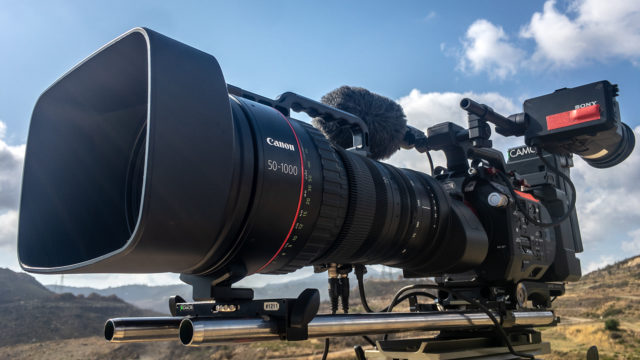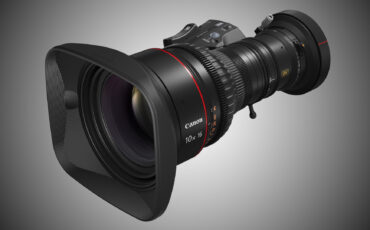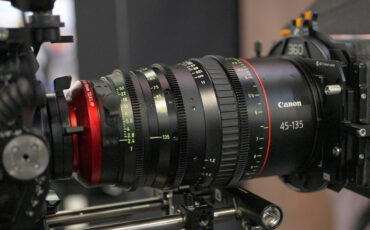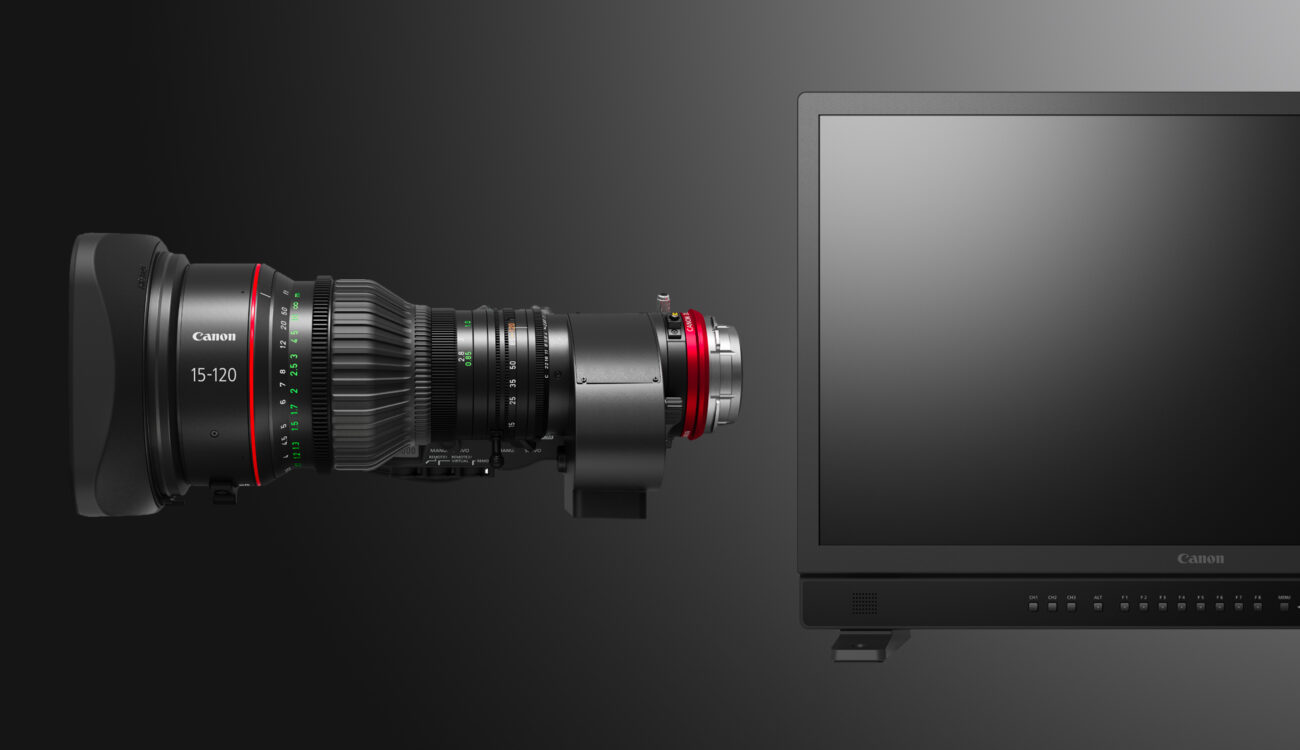
The Canon CN8x15 IAS S E1/P1 Cine-Servo lens and DP-V2730 Reference Display are designed with high-end broadcast and cinema applications in mind. The former offers a 15-120mm range, comes in EF/PL mount options, and covers both S35 and full-frame sensors, while the latter is a 27” Grade1A display for 4K HDR monitoring on-set and in post.
Today, with IBC Show on the horizon, Canon is introducing an extensive series of products to expand both their high-end broadcast and cinema lineup as well as their entry-level consumer offerings. In this article, we will focus specifically on the new CN8x15 IAS S E1/P1 Cine-Servo lens and DP-V2730 reference monitor.
However, make sure you don’t miss today’s EOS C500 Mark II and C300 Mark III related announcements (article here) as well as the company’s new PTZ camera and 4K compact camcorders (article here). Seat belt fastened: let’s go!
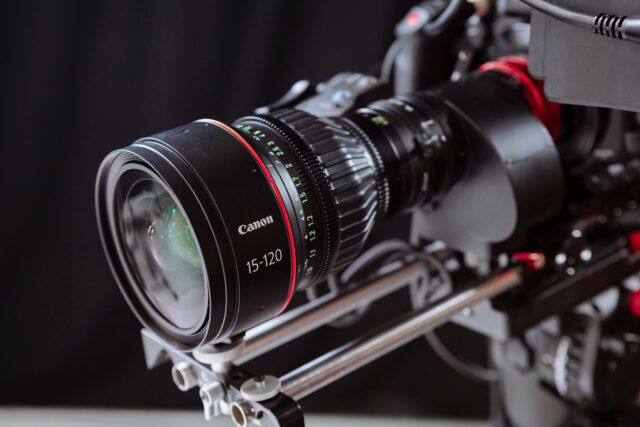
Canon 15-120mm – Cine-Servo lens for cinema and broadcast
As the name suggests, the new Canon CN8x15 IAS S E1/P1 is a high-end Cine-Servo lens that offers a versatile 8x zoom ratio. Included focal lengths vary from a 15mm on the wide end up to a 120mm telephoto. This new model now sits next to the existing 50-1000mm, 25-250mm, and 17-120mm.
The Art & Science of Lenses
Although the image circle of the lens is designed to cover Super 35 mm sensors, an integrated 1.5x expander allows achieving full-frame coverage. Of course, engaging the expander has an impact on the focal range, which is then extended to up to 180mm on the long end.
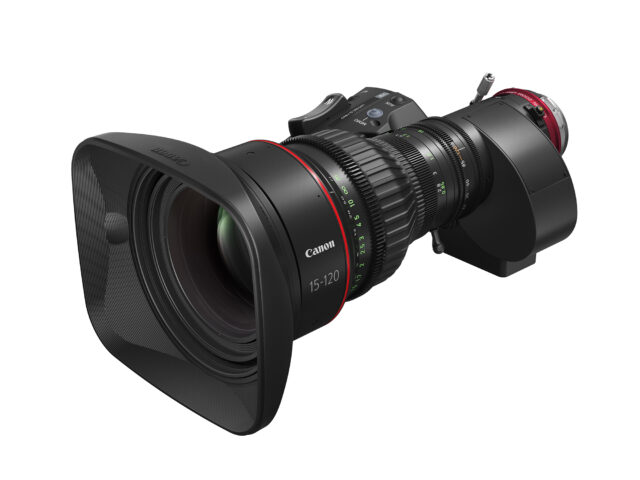
The glass comes with an interchangeable Canon EF/ARRI PL lens mount, and supports advanced metadata workflows. These include Cooke/i technology and, for the first time on a Canon Cine-Servo lens, ZEISS eXtended Data (PL mount). A 16-bit encoder provides lens data with extreme accuracy, something critical for VFX and increasingly popular virtual productions.
Physical and optical design
Being a Cine-Servo lens, the Canon 15-120mm CN8x15 IAS S E1/P1 is particularly suitable for shoulder-style shooting, which is something that ENG operators and documentary filmmakers are used to. However, if you’re looking to minimize size and weight, the servo motor drive module is detachable.
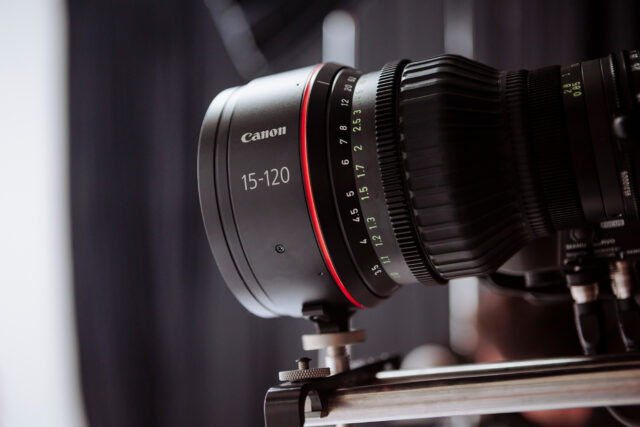
The lens aperture features an 11-blade design, which should result in a smooth background bokeh. Also, Canon claims this 4K and 8K-ready lens offers consistent optical performance across the whole focal length and a look that is in line with their existing Cine-Servo lenses and CN-E Cinema Primes.
Canon DP-V2730: high-end reference display
Along with the new lens, the company has also unveiled a new 27” 4K HDR professional reference display, which fills a size gap between the existing DP-V3120 and DP-V2411 models. It is advertised as a reliable tool for both on-set monitoring and post-production facilities.
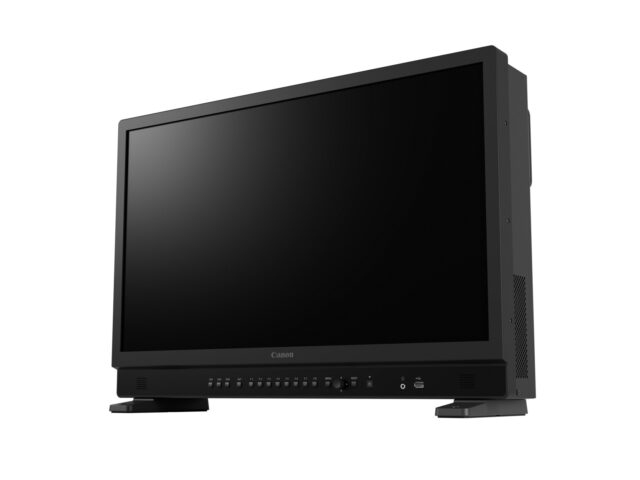
This wide-gamut screen features a 4K UHD panel with a maximum full-screen brightness of 1000 nits. Since the display can reach black levels as low as 0.001 nits using local dimming, it should offer plenty of dynamic range for proper monitoring of HDR signals. Indeed, the DP-V2730 is Dolby Vision certified and meets EBU TECH3220’s Grade1A standards.
Of course, the display comes equipped with a full set of monitoring tools (including waveform monitor, histogram, RGB parade, and more). The device has a single HDMI input and no more than nine 12G-SDI connections (4x inputs, 5x outputs) that support high-quality 4K60p 4:2:2 10-bit or 4K30p 4:4:4 12-bit signals.
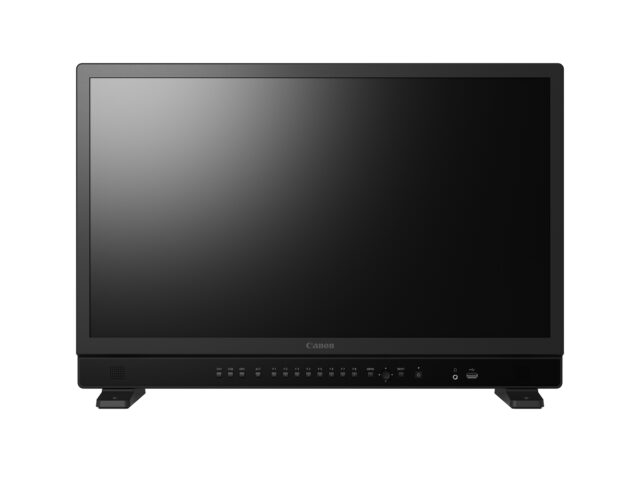
Finally, Canon will offer a few paid upgrades to unlock additional features. These include the ability to use the Remote Control Web UI to remotely monitor the image and gain control over the display’s settings and tools via a laptop or smart device. Another paid upgrade will grant access to a 4-way SDI input switching function.
Price and availability
The new Canon 15-120mm cine lens is priced at $30,999, while the DP-V2730 reference display is $18,999. Not exactly cheap, but if you need exceptional quality and performance, these new releases might be worth a very close look.
What do you think of the new Canon CN8x15 IAS S E1/P1 Cine-Servo lens? Do you often use a Grade1 reference monitor on-set or in post? Share your thoughts in the comment section below!



